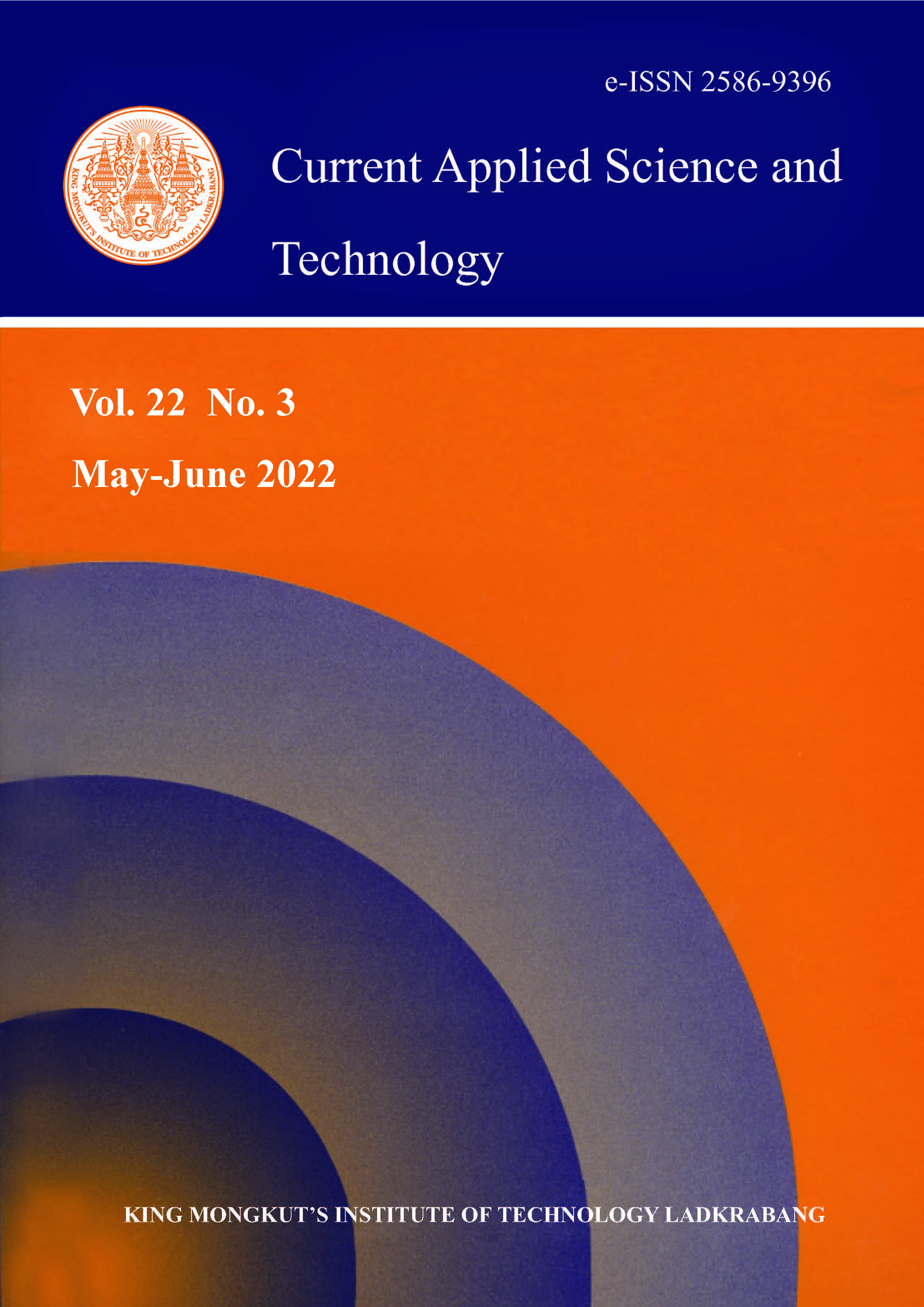Garlic (Allium sativum L.) is an economically important vegetable that contains bioactive compounds and has high levels of antioxidant activity. Thus, it is commonly used in traditional medicine and culinary contexts. The aim of the present work was to compare the physiochemical and antioxidant properties and the bioactive compounds of three commonly used garlic cultivars in Thailand, the ‘Srisaket’, ‘Chiangmai’ and ‘Chinese’ cultivars. The results revealed that Srisaket garlic contained the highest amount of protein (32.96±0.51% dry weight), while Chiangmai garlic contained the highest amount of carbohydrate (73.81±0.44% dry weight). Chinese garlic contained the highest amounts of fiber (3.29±0.05% dry weight) and ash (6.03±0.07% dry weight) and the lowest amount of fat (0.15±0.01% dry weight). Antioxidative measurements indicated that Chinese garlic had the largest total phenolic content (543.8±13.4 mg gallic acid equivalent per 100g dry weight). However, Srisaket garlic contained the highest amounts of allicin (100.8±2.7 mg per 100 g dry weight) and total flavonoids (95.0±2.0 mg of quercetin equivalents), as well as the highest antioxidant activity (161.6±24.9 and 348.9±1.0 mg of trolox equivalents based on the DPPH and the ABTS assays, respectively). These results suggests that the Srisaket cultivar might confer greater health benefits than the Chiangmai and the Chinese cultivars. From the consumer acceptance test of fresh garlics (n=30), Thai consumers accepted all three cultivars with nonsignificant differences. The Srisaket cultivar was rated at 5.47±1.36 for overall liking because of its pungent flavor.
Keywords: allicin; Allium sativum L.; antioxidant activity; consumer acceptance; garlic
Corresponding author: Tel.: (+66) 86-3558814
E-mail: niramon.u@cmu.ac.th
Pakakaew, P. undefined. ., Taesuwan, S. undefined. ., Phimolsiripol, Y. undefined. ., & Utama-ang*, N. undefined. . (2021). Comparison between the Physicochemical Properties, Bioactive Compounds and Antioxidant Activities of Thai and Chinese Garlics. CURRENT APPLIED SCIENCE AND TECHNOLOGY, DOI: 10.55003/cast.2022.03.22.006 (11 pages). https://doi.org/10.55003/cast.2022.03.22.006

https://cast.kmitl.ac.th/doi/10.55003/cast.2022.03.22.006